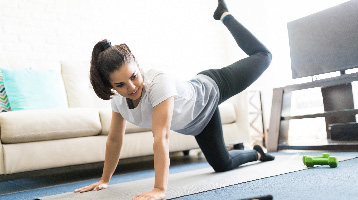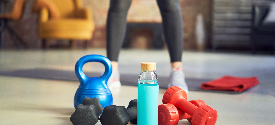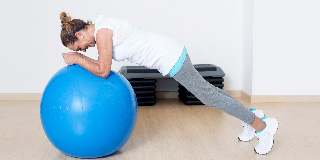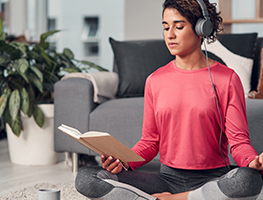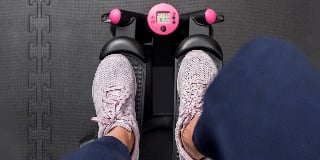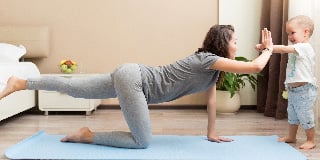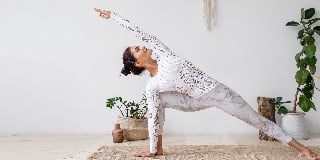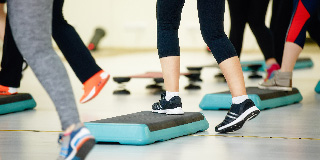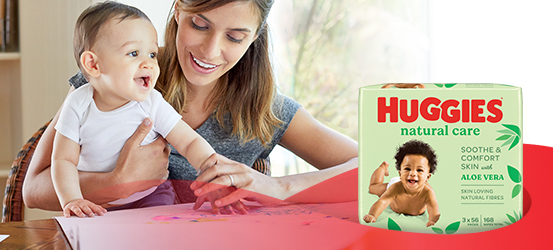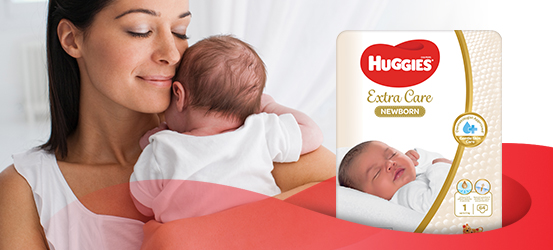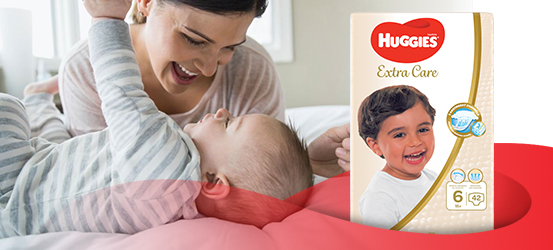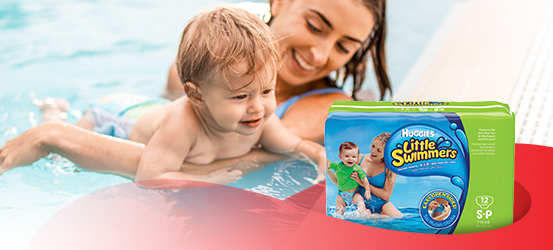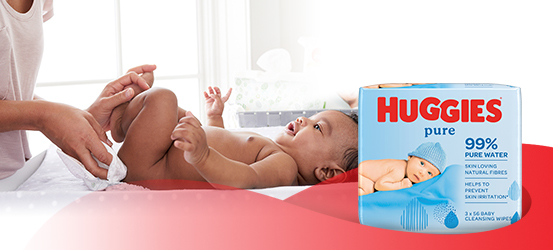The end result is a prevailing mix of better posture, less tension, clearer understanding of correct body mechanics that assists in injury prevention, and an overall feeling of well-being. Pilates is a safe and gentle exercise system, making it a great way of maintaining pre- and post-natal fitness.
Benefits of Pilates
Pilates is a really good body exercise for women as it tones and firms up muscles without giving you that bulky, bodybuilder-look. Pilates also increases the strength and effectiveness of your core stabiliser muscles, which might not be targeted during normal abdominal exercise.
Pilates also enhance what practitioners call “body awareness”. It gives you awareness into how your body acts during exercise and even normal activity around the house. This helps you to avoid injuries and have the correct posture and style during everyday tasks. Pilates also teaches people who engage in the exercise regime to be more economical and efficient in their body movements, which makes your movement smoother, safer and less prone to injuries.
Pilates Exercises
For your first taste of Pilates, we suggest you go to a workout centre specialising in Pilates or to a gym that offers Pilates classes. Some of the positions and exercises are quite difficult to master and it’s always best to receive instructions from the experts, especially when you are just getting started. There are two simple to-do exercises that may just give you a taste of Pilates, so you can see if it’s something you might want to pursue.
The 6 basic princiles of Pilates:
Centering, Concentration, Control, Precision, Breath and Flow.
These terms refer to the basic principles applied to Pilates movement. Pilates exercises are done as whole body/mind events. Working with the Pilates Principles helps to focus our full attention on the moves that we do. This attention accelerates their effectiveness, and enables the body to learn more from each exercise than it would if the exercise were done mindlessly.
Basic Pilates Moves
There are a few basics that are used repeatedly in Pilates exercises, related to how you use your abdominal muscles, how to position the pelvis and spine and how to increase your range of motion. If you understand what you are going for with these moves, you will have a solid foundation for getting maximum benefit from your Pilates workout.
Starting Position - Constructive Rest - Neutral Spine
Neutral spine is the natural position of the spine when all the 3 curves of the spine - cervical (neck), thoracic (middle) and lumbar (lower) - are in good alignment. This is the strongest position for the spine when standing or sitting, and the one that we are made to move from. Knowing how to find the neutral spine position is crucial for doing many Pilates exercises correctly. Best of all, the only thing you’ll need is an exercise mat.
How to find the neutral position for your spine:
-
Basic Position: Lie on your back with your knees bent and your feet flat on the floor. Make sure that your legs are parallel with your heels, toes, knees and hips all in one line. Let your arms rest at your sides.
-
Relax: Relax your body, including your shoulders, neck, and jaw. Allow your back to rest on the floor, without effort. You must feel your ribs dropping down to the floor – as if you are melting into the floor.
-
Breathe Deeply: Breathe in deeply - all the way into your body, allowing it to move into your back and the sides of your rib cage, and all the way down to the pelvis.
-
Pelvic Tilt : Exhale and use your abdominal muscles to press your lower spine into the floor in a pelvic tuck. Inhale to release. Exhale and pull your lower spine up, away from the floor, creating a pelvic tilt. Inhale to release.
Many people habitually have their spine in one of these two positions, tucked or tilted. To be in neutral spine, you want to be in between these positions, with the lower abdominals flat and just a slight, natural curve of the lower spine off the floor. Use the following image to establish neutral spine.
-
Balanced Pelvic Placement: Imagine that there is a cup of water sitting on your lower abdomen, just a couple of inches below your belly button. Allow your abdominal muscles to drop in toward your spine, making your belly flatter. Remember that you don't want the water to spill, so your pelvis cannot be tipped forward or tucked under.
-
Body Scan: You should now be relaxed with your body in a balanced alignment on the floor. Your breathing is deep and full, and your abdominals dropped toward the floor. The natural curves of your neck and lumbar (lower) spine, however, are away from the floor. Be sure that your lower spine is not pressed into the floor. That would be a pelvic tilt.
Pilates is great exercise as it increases flexibility, muscle tone, circulation, energy levels and overall fitness.
To find out more information on Pilates:
-
Pilates Information Page

